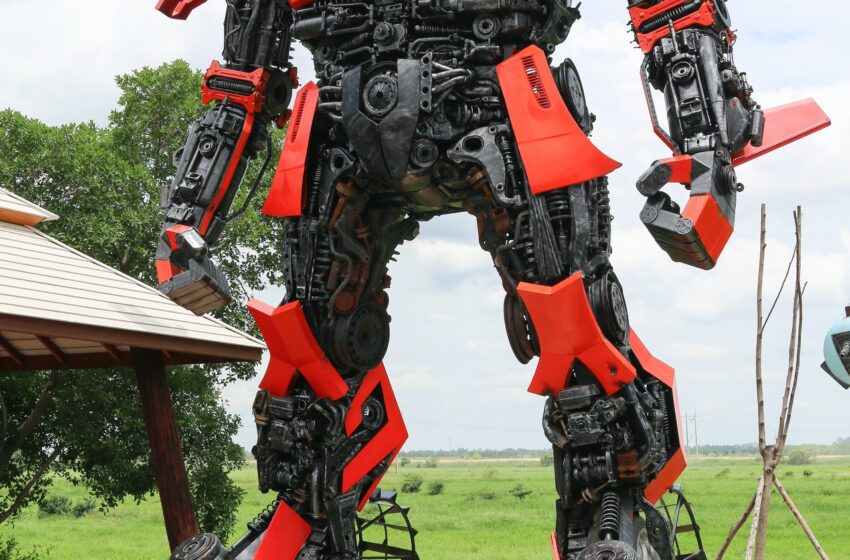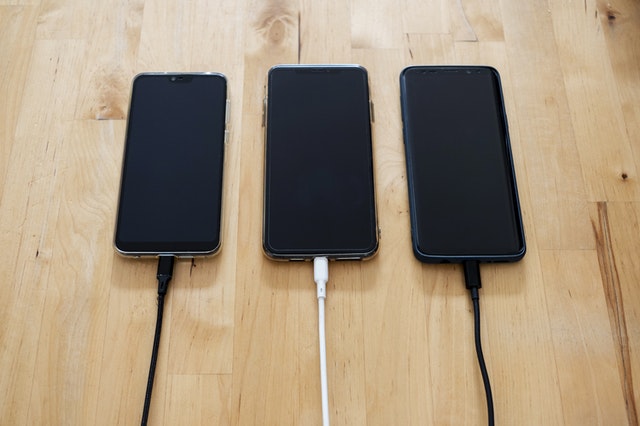Skills development in Physical Artificial Intelligence could give birth to lifelike intelligent robots
Source:
Imperial College London
Summary:
New research suggests combining educational topics and research disciplines to help researchers breathe life into lifelike intelligent robots.
FULL STORY
The research suggests that teaching materials science, mechanical engineering, computer science, biology and chemistry as a combined discipline could help students develop the skills they need to create lifelike artificially intelligent (AI) robots as researchers.
Known as Physical AI, these robots would be designed to look and behave like humans or other animals while possessing intellectual capabilities normally associated with biological organisms. These robots could in future help humans at work and in daily living, performing tasks that are dangerous for humans, and assisting in medicine, caregiving, security, building and industry.
Although machines and biological beings exist separately, the intelligence capabilities of the two have not yet been combined. There have so far been no autonomous robots that interact with the surrounding environment and with humans in a similar way to how current computer and smartphone-based AI does.
Co-lead author Professor Mirko Kovac of Imperial’s Department of Aeronautics and the Swiss Federal Laboratories for Materials Science and Technology (Empa)’s Materials and Technology Centre of Robotics said: “The development of robot ‘bodies’ has significantly lagged behind the development of robot ‘brains’. Unlike digital AI, which has been intensively explored in the last few decades, breathing physical intelligence into them has remained comparatively unexplored.”
The researchers say that the reason for this gap might be that no systematic educational approach has yet been developed for teaching students and researchers to create robot bodies and brains combined as whole units.
This new research, which is published today in Nature Machine Intelligence defines the term Physical AI. It also suggests an approach for overcoming the gap in skills by integrating scientific disciplines to help future researchers create lifelike robots with capabilities associated with intelligent organisms, such as developing bodily control, autonomy and sensing at the same time.
The authors identified five main disciplines that are essential for creating Physical AI: materials science, mechanical engineering, computer science, biology and chemistry.
Professor Kovac said: “The notion of AI is often confined to computers, smartphones and data intensive computation. We are proposing to think of AI in a broader sense and co-develop physical morphologies, learning systems, embedded sensors, fluid logic and integrated actuation. This Physical AI is the new frontier in robotics research and will have major impact in the decades to come, and co-evolving students’ skills in an integrative and multidisciplinary way could unlock some key ideas for students and researchers alike.”
The researchers say that achieving nature-like functionality in robots requires combining conventional robotics and AI with other disciplines to create Physical AI as its own discipline.
Professor Kovac said: “We envision Physical AI robots being evolved and grown in the lab by using a variety of unconventional materials and research methods. Researchers will need a much broader stock of skills for building lifelike robots. Cross-disciplinary collaborations and partnerships will be very important.”
One example of such a partnership is the Imperial-Empa joint Materials and Technology Centre of Robotics that links up Empa’s material science expertise with Imperial’s Aerial Robotics Laboratory.
The authors also propose intensifying research activities in Physical AI by supporting teachers on both the institutional and community level. They suggest hiring and supporting faculty members whose priority will be multidisciplinary Physical AI research.
Co-lead author Dr Aslan Miriyev of Empa and the Department of Aeronautics at Imperial said: “Such backing is especially needed as working in the multidisciplinary playground requires daring to leave the comfort zones of narrow disciplinary knowledge for the sake of a high-risk research and career uncertainty.
“Creating lifelike robots has thus far been an impossible task, but it could be made possible by including Physical AI in the higher education system. Developing skills and research in Physical AI could bring us closer than ever to redefining human-robot and robot-environment interaction.”
The researchers hope that their work will encourage active discussion of the topic and will lead to integration of Physical AI disciplines in the educational mainstream.
The researchers intend to implement the Physical AI methodology in their research and education activities to pave the way to human-robot ecosystems.
Story Source:
Materials provided by Imperial College London. Original written by Caroline Brogan. Note: Content may be edited for style and length.





 The central goal of community policing is for the police to build relationships with the community,
The central goal of community policing is for the police to build relationships with the community, 






